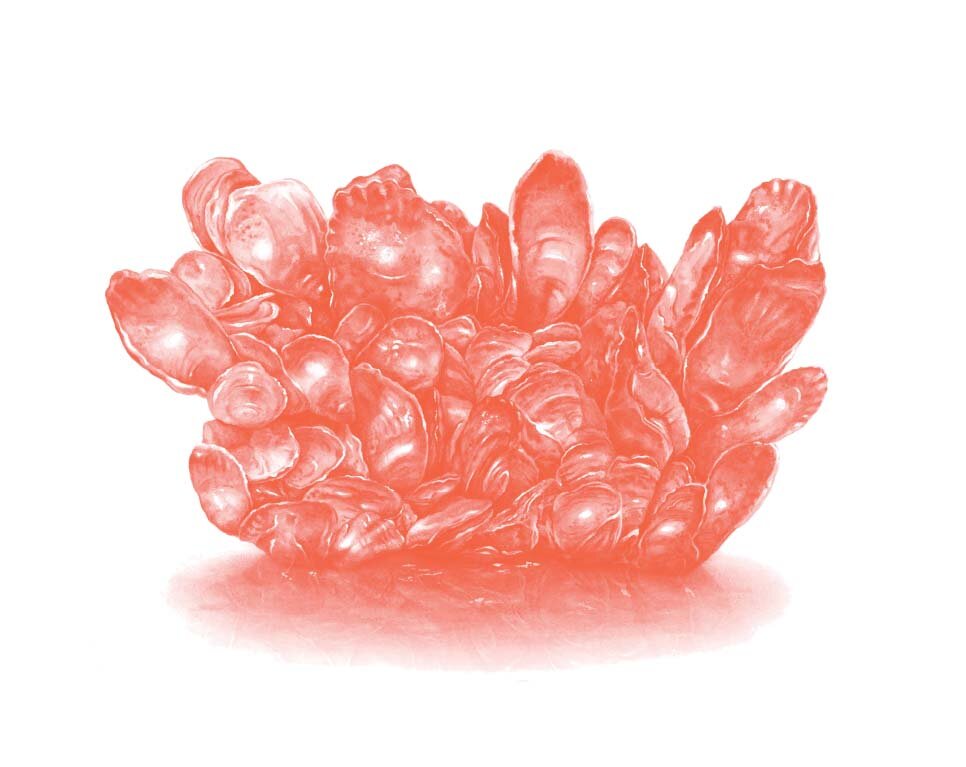Conservation Paleobiology:
Putting the Dead to Work
Thinking like a paleontologist can help solve today’s conservation problems.
Conservation paleobiology applies paleontological data and methods to prevent species extinction, restore habitats, and sustain the benefits people obtain from ecosystems. This approach can provide a long-term perspective that is often missing in conservation decisions.
Putting Dead Oysters to Work
AT THE PALEONTOLOGICAL Research Institution (PRI), conservation paleobiologyApplies paleontological data and methods to prevent species extinction, restore habitats, and sustain the benefits people obtain from ecosystems. researchers are studying the Eastern Oyster, Crassostrea virginica, which, in the United States, is an economically and ecologically important species that naturally occurs in coastal waters from Maine to Texas. PRI is collaborating with the Florida Office of Resilience and Coastal Protection on the Historical Oyster Body Size (HOBS) project. This project was developed to document the status and trends of oyster reef habitats around Florida by measuring the size of oyster shells buried beneath reefs. Oyster monitoring programs in Florida commonly measure sizes of live oysters as an indicator of reef habitat health. Relatively few oyster monitoring records in Florida, however, encompass more than 15 or 20 years of data and not all of them include data on oyster size. Long-term data are critical for achieving a complete assessment of oyster habitat health. In the absence of monitoring records, dead buried shells offer the only opportunity to gather baseline data on oyster size.
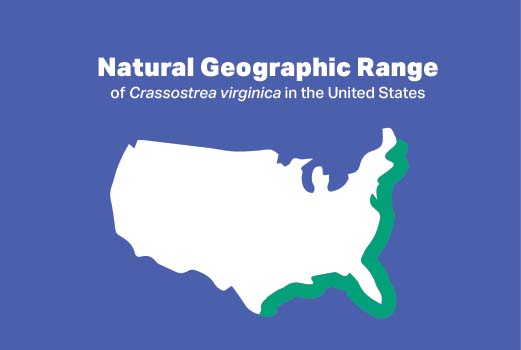
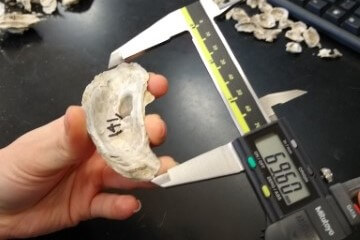
Death Assemblages:
Windows into the Past
PHOTO CREDIT: FLORIDA DEPARTMENT OF ENVIRONMENTAL PROTECTION
ACCUMULATIONS of dead shells (called death assemblagesA mixture of accumulating sediment, dead shells, and other remains.) are formed as a result of natural oyster reef growth. Baby oysters, called spat, need a hard surface to attach to – typically another oyster shell. As more oysters settle, live, and die in the same location, their shells accumulate, forming an oyster reef. Only the surface of an oyster reef contains living oysters; the deeper reef layers are a mixture of sand, mud, dead shells of oysters, clams, snails, barnacles, and crabs, as well as remnants of other organisms inhabiting the oyster reef. For the HOBS project, conservation paleontologists use oyster death assemblages to study change through time.
Dead Shells Do Tell Tales
The work of a conservation paleobiologist is similar to a crime scene detective.
AS DEATH ASSEMBLAGEA mixture of accumulating sediment, dead shells, and other remains. samples for the HOBS project are processed, we find traces such as shells left behind by creatures living in and around oyster reefs. Living organisms like worms that have no skeletons are almost never preserved. Animals with hard parts like the shells of mollusks (snails and clams) are much more likely to leave evidence. These clues make it possible to reconstruct what a past reef looked like and compare samples of different ages to see if oyster size changed over time.
Three main processing steps for the HOBS project are washing, sorting, and measuring for data collection. Check them out in the images below!
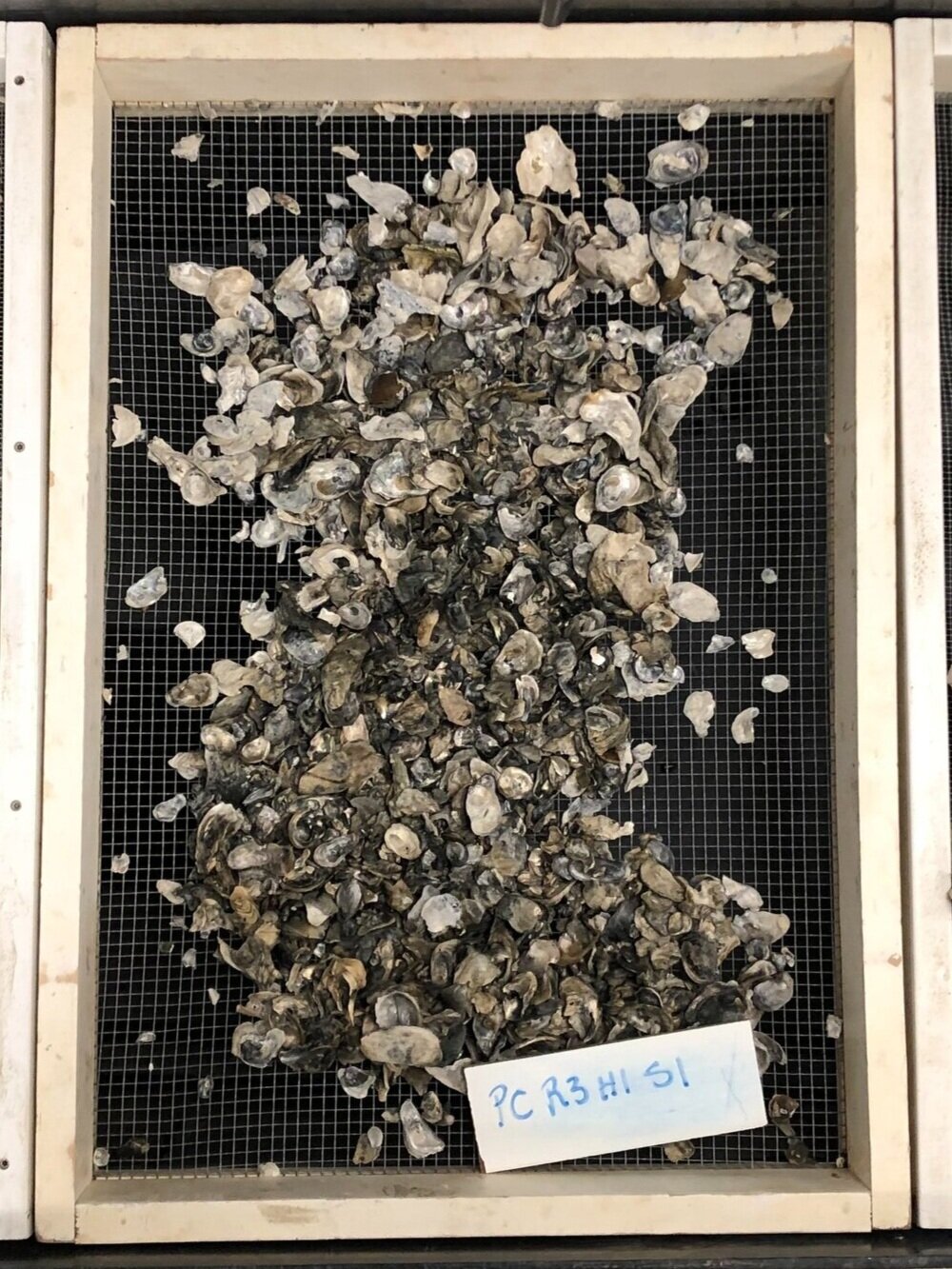

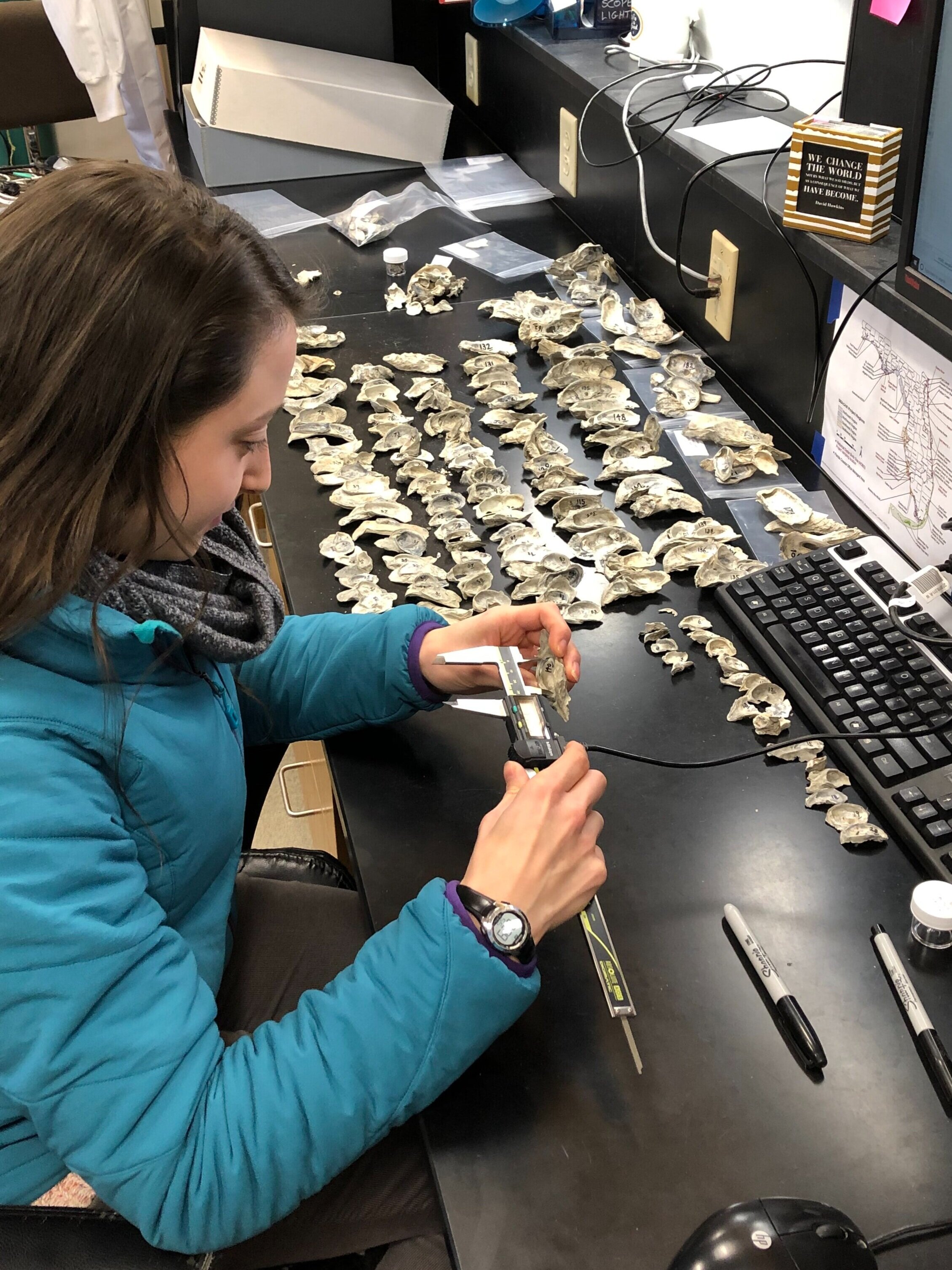
TO LEARN MORE ABOUT THE HOBS PROJECT, WATCH THE VIDEO!
Click here to read the PRI blog post on the HOBS project.


